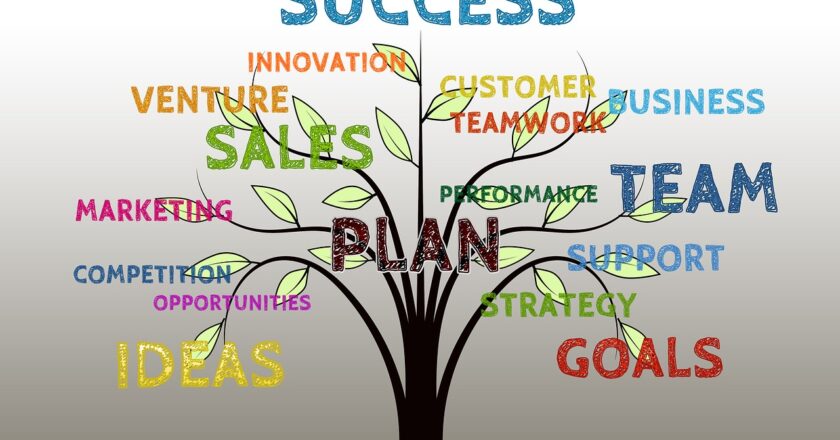Strategies for New Businesses to Secure Favorable Terms and Build Trust with Financial Institutions and Investors
In the dynamic landscape of finance, new businesses often find themselves grappling with challenges posed by higher interest rates and increased scrutiny from financial institutions and investors. Successfully navigating this terrain requires a strategic approach that demonstrates long-term business sustainability. In this blog post, we delve into actionable strategies for new businesses to not only weather higher interest rate environments but also establish trust with key stakeholders.Understanding the Impact of Higher Interest RatesThe Dynamics of Interest Rates New businesses must grasp the nuances of interest rate fluctuations and their impact on borrowing costs, operational expenses, and overall financial health.Evaluating Financing Options In a higher interest rate environment, it's...










